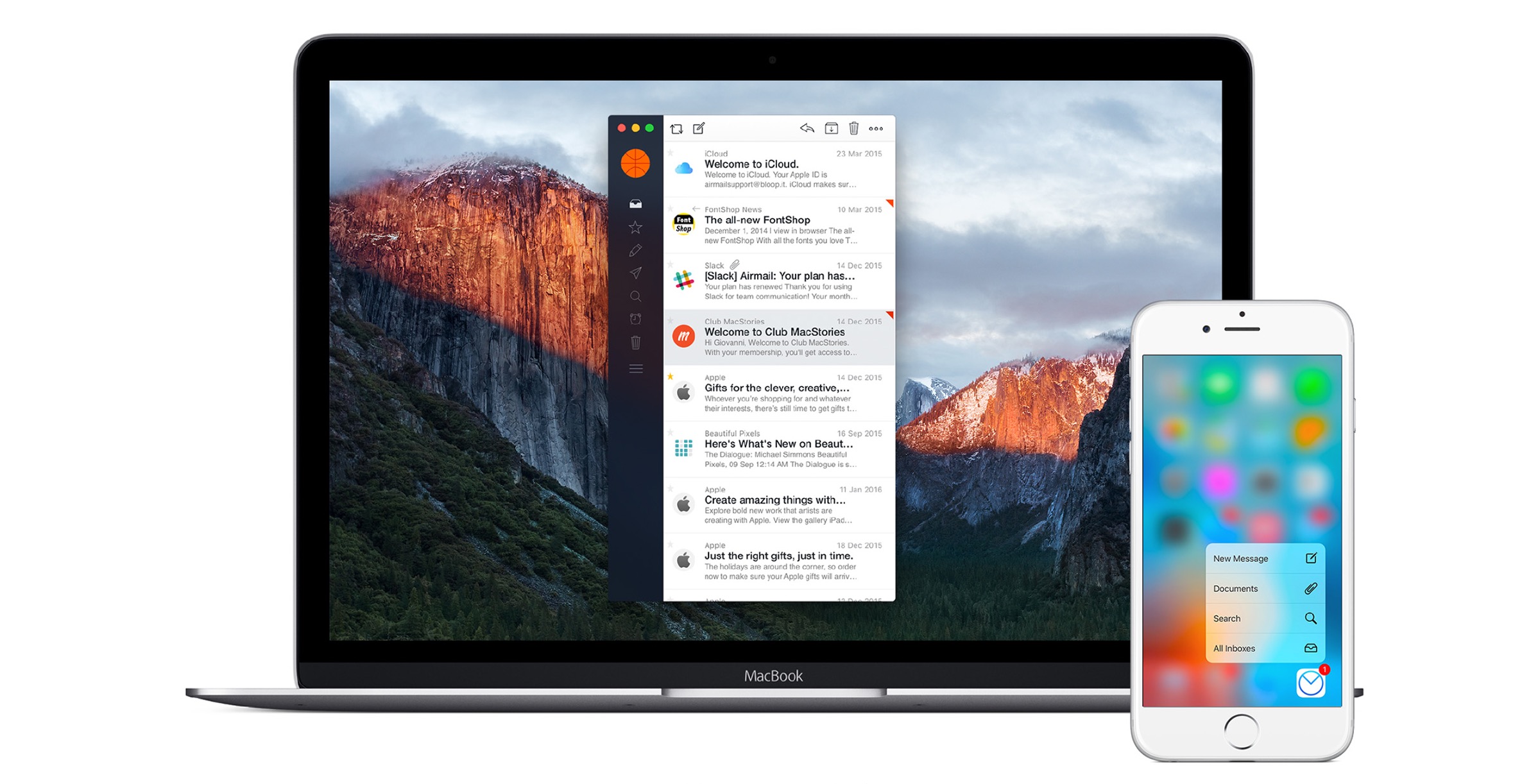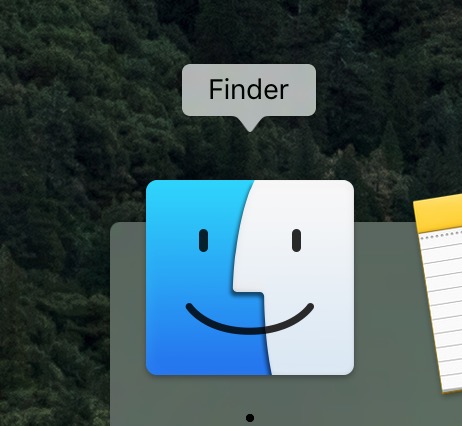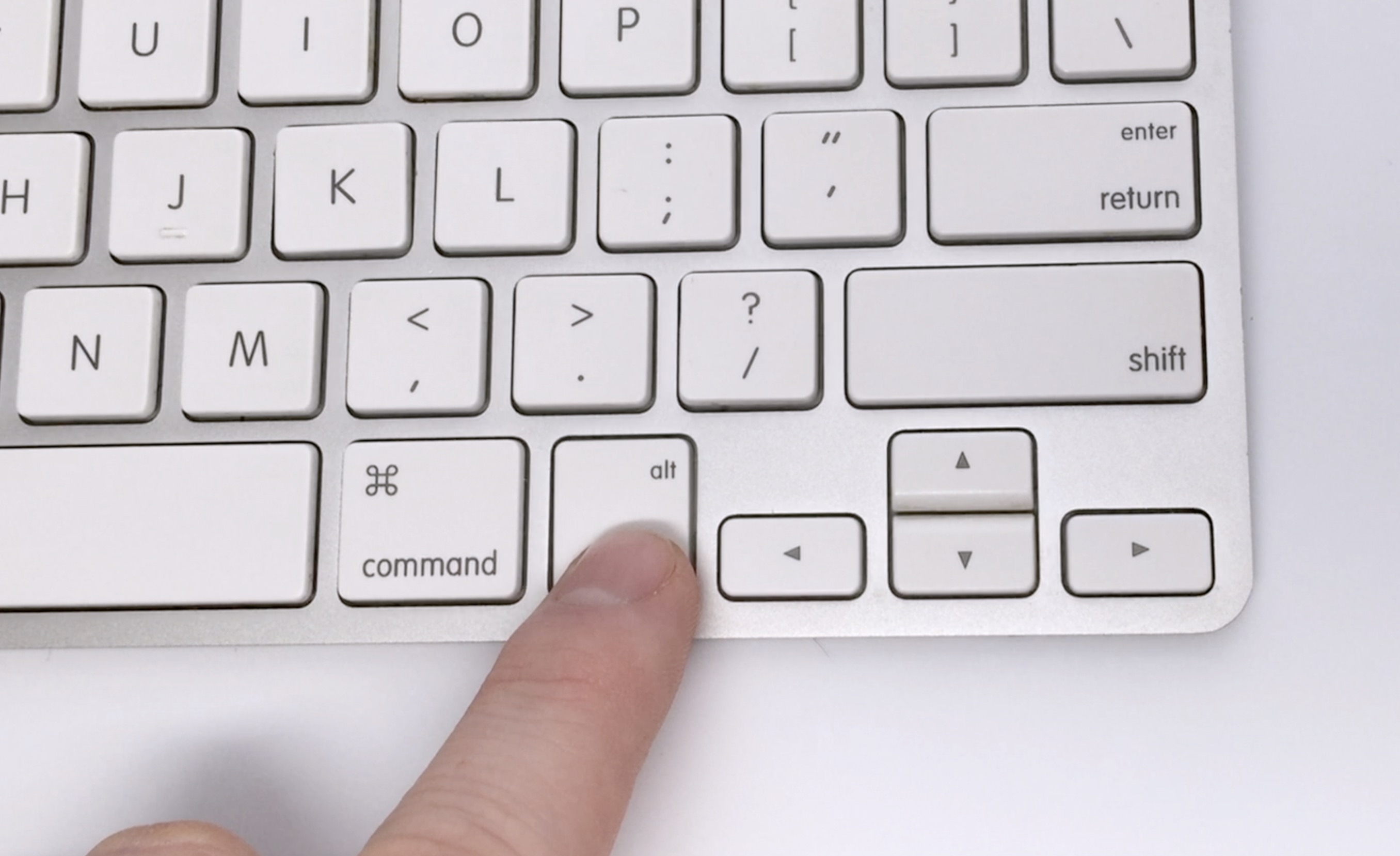One of the first things a lot of people look for, once they get over the ‘newness’ of unboxing a new MacBook and switching on OS X for the first time, is how they can play their favorite games on Mac. We’ll help you figure out how to do it.
Traditionally, Macs were not known for their gaming prowess. It wasn’t uncommon for Mac owners to own a Windows-powered PC explicitly for gaming – you’d use your MacBook (or PowerBook!) for work and relaxation, then boot up your Windows PC when you wanted to sit down and shoot things. For the most part, it worked really well. A few games were ported over, but never very many. That all began to change when Apple switched the processors found inside of Mac computers. Not only could Windows be installed, but major game studios brought some of their titles over. World of Warcraft became a huge seller on the Mac.
The Best Way to Get Games for Mac? Steam.
A few years ago, Valve sent waves through the Mac world when they announced that they were planning to port their Steam video game store / distribution channel / social network to OS X. Valve pushed devs to port titles over to the Apple platform, and now there are hundred or even thousands of games running in the Mac version of Steam (of the 315 games in my Steam account, 176 of them are Mac compatible).
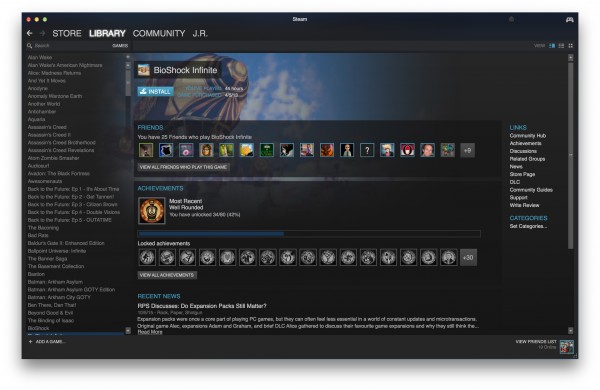 The easiest way to get started with a few games for Mac is to use Steam. If you’re a PC gamer, chances are you’ve bought more than a few Steam titles – and it’s likely some of those support the Mac at the same time; Valve doesn’t charge extra for non-Windows versions of their games.
The easiest way to get started with a few games for Mac is to use Steam. If you’re a PC gamer, chances are you’ve bought more than a few Steam titles – and it’s likely some of those support the Mac at the same time; Valve doesn’t charge extra for non-Windows versions of their games.
But for Mac gamers, Steam is more than just a way to find Mac-compatible games. It’s also a way to play any game in your entire library, even if it’s Windows-only. It’s thanks to a newer technology from Valve known as In-Home Streaming.
Here’s the bad news, upfront: you still need a Windows PC for this to work. Preferably a good one, but any recent computer will do. In-Home Streaming works by actually running the game on your Windows PC, then routing the video over the network to your Mac.
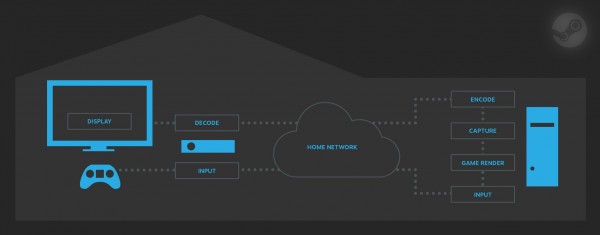 Setting it up is actually pretty simple. Make sure your gaming desktop is attached to your network via an Ethernet cable. You want it to be plugged directly in rather than relying on wireless access. Next, download and install Steam on your Windows computer, and make sure the games you want to play are installed, configured, and have been launched at least once. Sometimes running a game for the first time causes issues when you’re trying to stream it elsewhere in the house.
Setting it up is actually pretty simple. Make sure your gaming desktop is attached to your network via an Ethernet cable. You want it to be plugged directly in rather than relying on wireless access. Next, download and install Steam on your Windows computer, and make sure the games you want to play are installed, configured, and have been launched at least once. Sometimes running a game for the first time causes issues when you’re trying to stream it elsewhere in the house.
Next, go to your Mac and download and install a copy of Steam there, too, if you haven’t already. Like with the gaming PC, your Mac will stream games better if it’s hardwired into your network. If that’s not possible, you can use your wireless network – but you should be running an 802.11ac network, and you should make sure you have a strong signal (even then, you might find some issues with playing really fast twitch shooters).
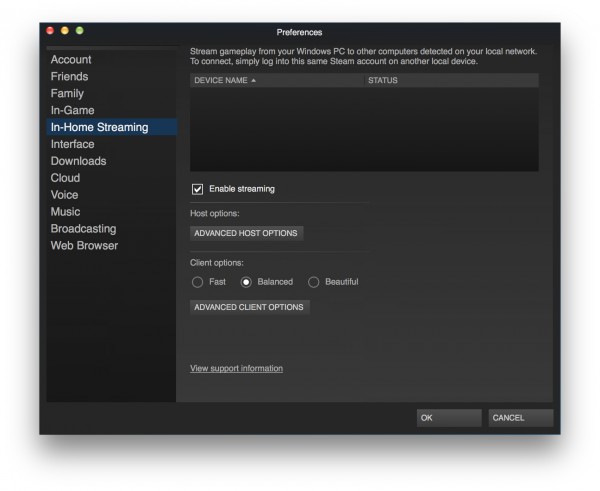 Log in with your Steam account credentials on both computers, and you should be good to go – if you don’t see all of your Windows games (at least, the ones that are installed on your gaming PC) available on your Mac, check the Steam settings on both computers and make sure that the ‘Enable streaming’ box is checked.
Log in with your Steam account credentials on both computers, and you should be good to go – if you don’t see all of your Windows games (at least, the ones that are installed on your gaming PC) available on your Mac, check the Steam settings on both computers and make sure that the ‘Enable streaming’ box is checked.
Steam’s implementation of game streaming works extremely well on most titles. First person shooters, especially if you’re into multiplayer, may prove problematic thanks to increases in latency.
Not every Mac game is available on Steam.
A number of high-profile publishers have gotten uncomfortable with the amount of power Steam was building up and decided to roll with their own game distribution services. Fortunately, many of them have their own Mac ports.
Games you won’t find on Steam, but can run on your Mac include Blizzard titles like World of Warcraft, Starcraft II, and Diablo III. Games you won’t find on Steam and are also Windows-only include most of the EA stable, with Mass Effect 3, Mass Effect: Andromeda (likely), Mirror’s Edge, Dragon Age: Inquisition, Star Wars: The Old Republic, and more.
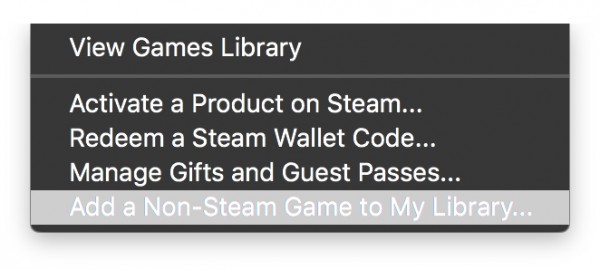 For this latter category, Steam may yet be able to help you out. For any games distributed via EA’s Origin service, you’ll need to download and have the Origin client installed and running – but you can still add them to your Steam library. Steam lets gamers add these non-Steam titles to their library for a couple of reasons: it gives them access to the Steam overlay and web browser in full-screen mode, and it lets your friends see what games you’re playing.
For this latter category, Steam may yet be able to help you out. For any games distributed via EA’s Origin service, you’ll need to download and have the Origin client installed and running – but you can still add them to your Steam library. Steam lets gamers add these non-Steam titles to their library for a couple of reasons: it gives them access to the Steam overlay and web browser in full-screen mode, and it lets your friends see what games you’re playing.
In-Home Streaming isn’t officially supported on non-Steam titles that you add to your library, but some games will work fine; you’ll need to experiment and see. To add some of these non-Steam, non-Mac titles, go up to the ‘Games’ menu on your gaming PC, and select ‘Add a Non-Steam Game to My Library’. A window will pop up listing a bunch of programs from your computer; scroll through to find the one you want, click on it to highlight, then click OK.
Depending on which Apple computer you’re using, you might wish to add non-Steam games to your Steam library and try to stream them even if they have native Mac clients; your gaming PC is likely going to play them at a much higher quality.
Don’t forget: Your Mac is an excellent Windows PC.
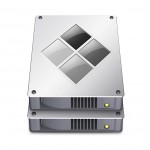 A common refrain you’ll find among tech sites is that an Apple MacBook or iMac will often be one of the best Windows computers you can buy. Thanks to Apple’s Boot Camp assistant, it’s actually pretty easy to install Windows on your Mac, and use either Windows or OS X, depending on what it is you want to do.
A common refrain you’ll find among tech sites is that an Apple MacBook or iMac will often be one of the best Windows computers you can buy. Thanks to Apple’s Boot Camp assistant, it’s actually pretty easy to install Windows on your Mac, and use either Windows or OS X, depending on what it is you want to do.
It’s a great way to run software that is Windows-only and can’t be virtualized, which is an apt way to describe many modern games. It might be a good idea to try even if you want to play an app that has a Mac client: some tests have shown a substantial frame rate increase by running the Windows version of a game over the Mac version – even on the exact same computer.
The company has a great support page (here) detailing how to go about installing Windows 10 on your MacBook or iMac. It boils down to updating your Mac software, installing Windows, and then updating drivers – pretty simple, in all.
